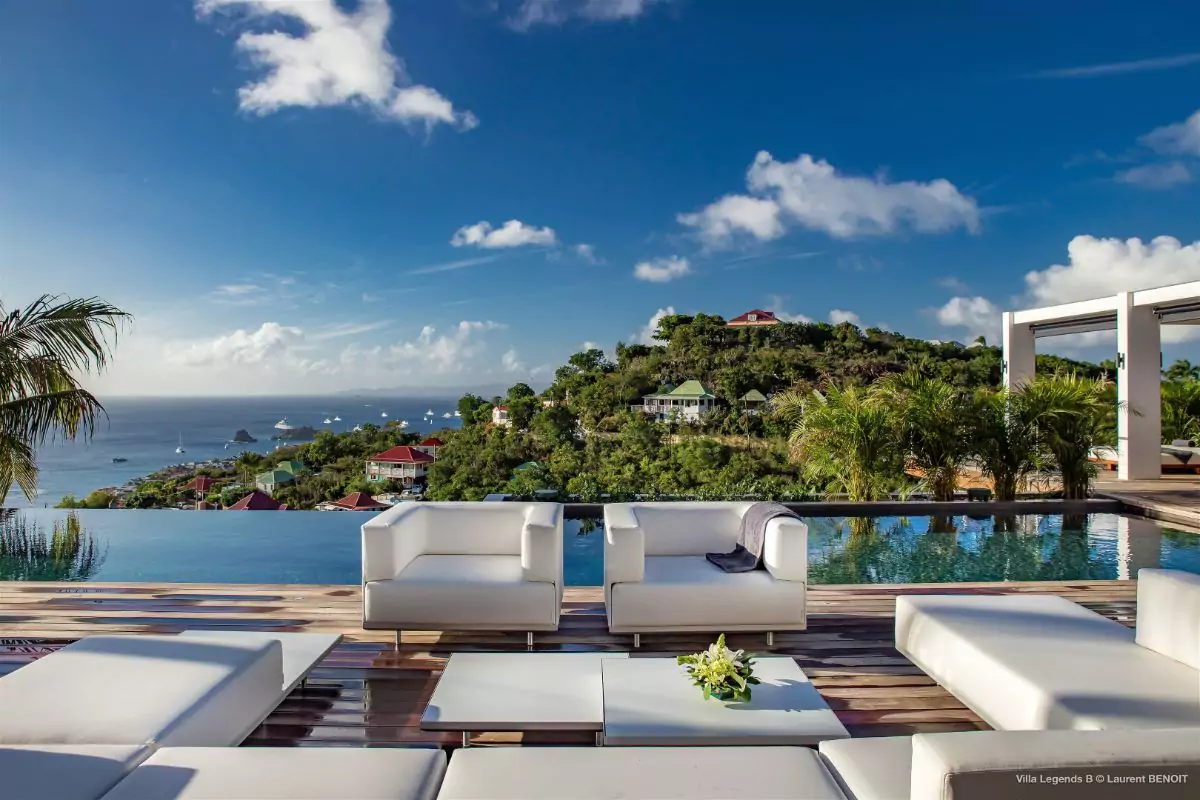Vacations in Ecuador are a delight for travelers’ eyes since the country’s “four worlds” (the Galapagos Islands, the Andes, the Pacific coast, and the Amazon basin) offer a vast number of stunning sites to be photographed. These regions are bursting with dazzling beaches, soaring mountain highlands, equatorial forests, eco-diverse rainforests and species-packed islands that wait to be photographed.
Whether you’re who travels for the sole purpose of photography, or simply a person who takes photos to complement their journeys, it is worthwhile to consider some of the various types of photography offered in Ecuador and its Galapagos Islands.
As you’ll see from the seven types of Ecuadorian travel photography outlined below, Ecuador is well worth considering for your next getaway vacation filled with discovery.
1. Landscape photography
Landscape photography typically involves shots of the natural features of land, sky, and waters at a distance. In Ecuador, though, landscape photography presents opportunities to capture sights more typical of South America, and therefore ones that you can later look back at as reminders of a truly unique travel experience. Indeed, landscape photography in this far-off country is a sort of return ticket to moments and places otherwise gone forever.
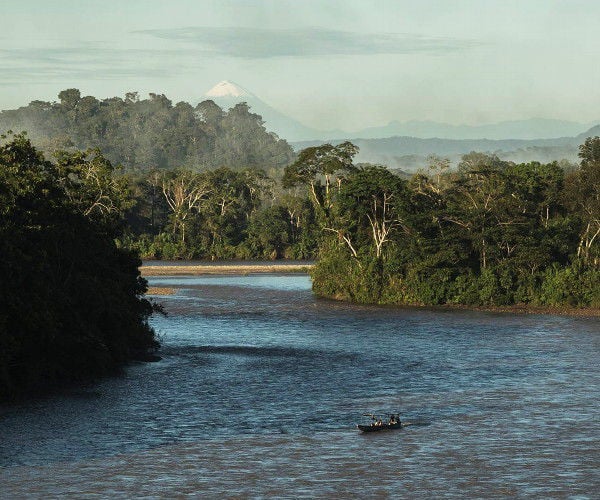
Though rainforests are one of the most difficult habitats to photograph, the landscapes of these tropical environments are often the most rewarding photographic challenges. Accessing the Amazon region is easier in Ecuador, however, since most of the country’s eco-lodges are reached after a short 45-minute flight from Quito, followed by a scenic 2-hour motorized canoe ride to one of the various lodges. The chances for outstanding landscape shots are enhanced by the presence of high yet safe observation towers from which you can truly experience and photographically capture the visual magic of the rainforest. From one of these towers, you’ll have a chance to snap off remarkable shots over the top of lush green jungle canopy, while highlighting the coursing Napo tributary of the Amazon River as a snowcapped volcano serves as the backdrop.
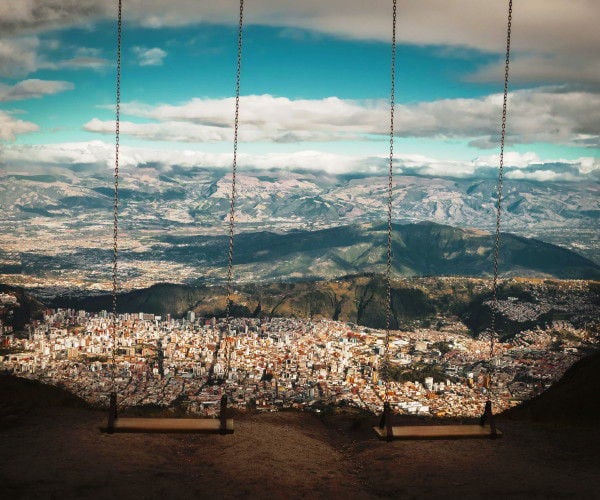
Likewise, the Andean mountain range is an example of the rich variety of landscapes that can be experienced in Ecuador. The “Golden Hour” at the end of the day is one of the most precious moments for a photo shoot, like this one on top of a long inactive volcano overlooking the capital city of Quito.
2. Street photography
Unmediated chance encounters and random urban incidents are the usual distinguishing features of street photography. Ecuador benefits from the existence of not only two UN-declared World Heritage Sites cities (bustling Quito and captivating Cuenca) but hundreds of small pueblos where day-in-the-life scenes embody the essence of the nation.
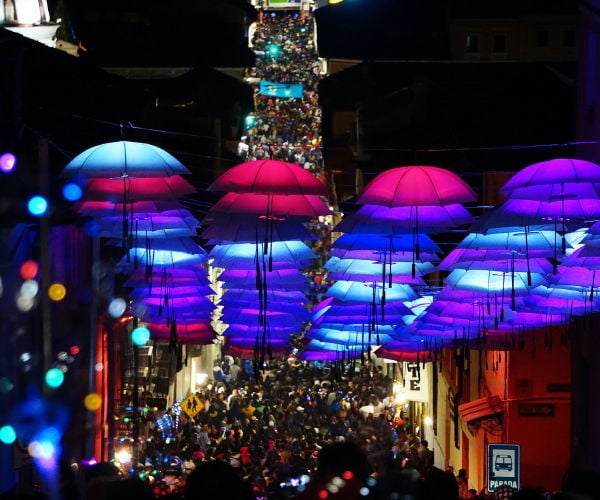
As the original center of the city, the historic district of Quito is a true treasure chest, animated with a vibrancy that allows you to experience the city in all its splendor, culture, and community. Home to the best-preserved historic downtown in America, Quito’s historic district has flourished considerably over the last decade, attracting artists, entrepreneurs, residents, and merchants. Unique galleries, shops, and cafes can now be found on almost every corner, dramatically transforming downtown Quito into a place filled with striking street scenes, fascinating people, and interesting human relationships. All of this can be captured by the adventurous shutterbug.
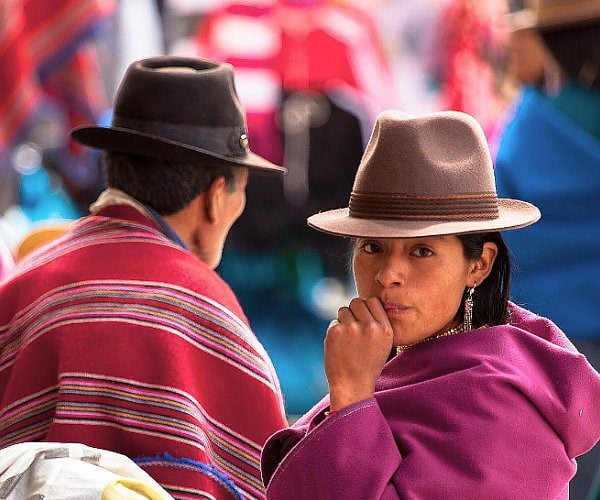
Markets in Ecuador make for outstanding photo shoots. Full of color, noise, aromas, and activity, they give you a real feel for the place you’re visiting and an insight into the local way of life. These colorful potpourris of small business, bustle, and bargaining are particularly fascinating photo subjects in that they’re fairly representative of local indigenous communities.
3. Nature and wildlife photography
For its size, Ecuador is the most biodiverse country on earth. Despite covering a land area smaller than the state of Colorado, Ecuador outstrips the entire United States when it comes to biodiversity. The tiny South American nation possesses almost twice the number of bird species when compared to the U.S. (1640 species in Ecuador vs. the USA’s 844), and approaches two times the number of amphibian species (539 species versus 300 species). So, it should be no surprise that photographers from around the world come to this small but diverse country to document its wonderous natural wildlife.
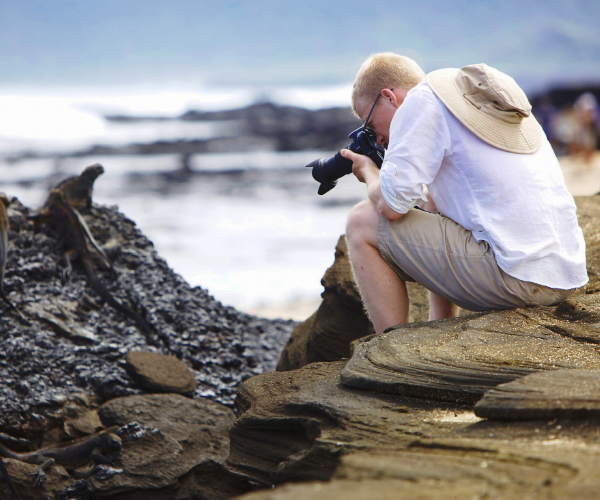
A Galapagos photography tour ranks high on the bucket list of any wildlife photography enthusiast. For nature photographers, capturing close-up images of wildlife is the ultimate travel photography experience. It’s safe to say there are few if any better places on earth to get amazing full-frame shots of unique and fearless wildlife than in the Galapagos.
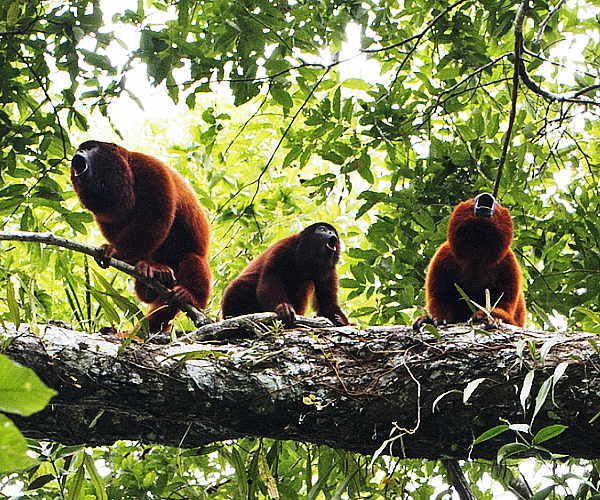
Closely competing with the Galapagos in terms of an incredible diversity of lush flora and fauna is Ecuador’s Amazonian rainforest. An estimated 40-75{ace8298c4c96036b8991ab10fe47ba46c60d4e08ab02ff315a725f47aa36776a} of all life on Earth is found in such unique biomes. Among this wildlife, a striking sight — and an almost terrifying sound — is delivered by the Amazon’s Howler monkeys. It’s no wonder then that these creatures, as well as the rainforest as a whole, present an alluring subject for adventurous wildlife photographers.
4. Food and drink photography
In addition to commercial advertising and millennial life-chronicling, food photography tells stories in still-life that reflect the cultures of peoples around the globe. In Ecuador’s four principal regions, the lifestyles and cultures of communities in those areas are mirrored in their food, which is a way of expressing or recognizing their cultural identities.
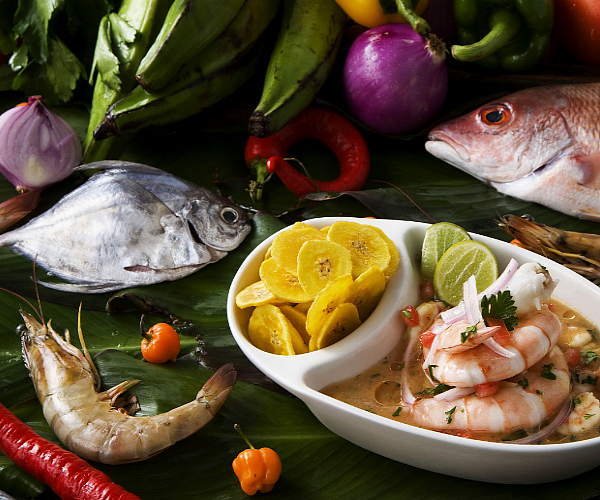
The traditional food of the Ecuadorian Pacific region is distinguished by the use of native ingredients of the tropical coast. It should be of no surprise, then that you’ll find the diet built around seafood, but also green plantains and peanuts. Indeed, when you sit down to photograph any plate in our coastal region, you’ll notice that there’s hardly a meal without at least one of these three ingredients. In addition, shrimp, octopus, and lobsters are all main dishes that you will find on the menu of any local beachside eatery – all of which serve as attractive still-life elements.

Ecuador’s northern highlands are Andean territory; therefore, the dishes here are a combination of products harvested by local small farmers. These products include a range of grains – most importantly corn. With twelve different types of corn — each of different sizes, names, and flavors — this range of grains serves for an eye-catching mosaic.
IMPORTANT NOTICE:
If you are reading this article anywhere other than on A Luxury Travel Blog, then the chances are that this content has been stolen without permission.
Please make a note of the web address above and contact A Luxury Travel Blog to advise them of this issue.
Thank you for your help in combatting content theft.
5. Architectural photography
Ecuadorian culture and architecture have seen several different influences over time, including those of native indigenous peoples who were overthrown by the powerful Incas, who in turn were defeated by the conquistadores. Examples of the influences of these cultures can be still found in architectural techniques and designs throughout the country – including beautiful indigenous ruins, striking Incan buildings, and rich Spanish colonial architecture.
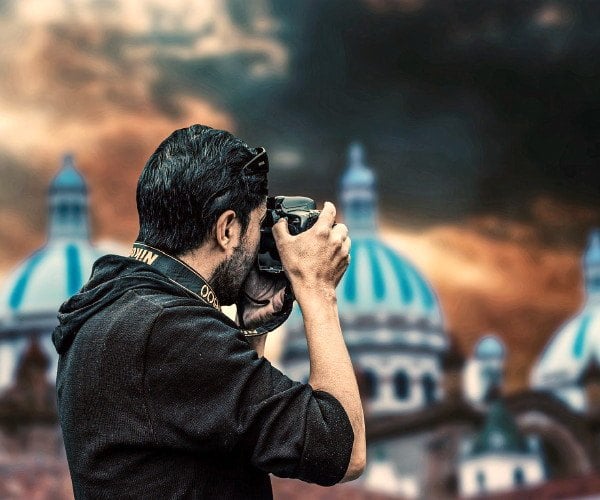
The undisputed cultural capital of the country, Cuenca is a scenic colonial Andes mountain town noted for its historical and architectural treasures. Not only has the city preserved its original orthogonal plan for over four centuries, Cuenca is home to several buildings that merit mentioning; among these are the New Cathedral and the Old Cathedral, as well as the Carmelite Monastery and Santo Domingo Church. This religious architectural sites are where community life is expressed, greatly contributing to the urban profile of the city.
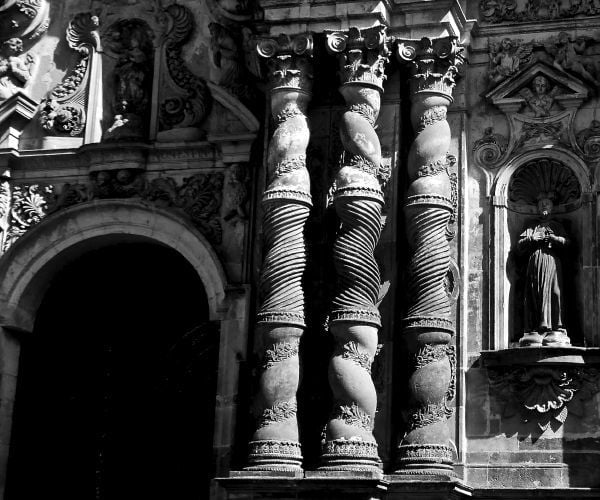
Quito, the capital of Ecuador, which was founded in the 16th century on the ruins of an Inca city, possesses “the best-preserved, least altered historic center in all of Latin America.” Within this district are not only the ornate monasteries of San Francisco and Santo Domingo but also the La Compañía Church, whose rich interior and exterior designs are pure examples of the “Baroque School of Quito” – an amazing fusion of Spanish, Italian, Moorish, Flemish and indigenous art.
6. Cultural and lifestyle photography
Ecuadorian culture(s) is diverse. For example, Ecuador possesses more than 20 different indigenous languages – three of which are still widely spoken. Being so different from globalized western life, the traditional indigenous culture of peoples in Ecuador is often attractive to photographers. However, the peoples of these cultures must be treated with all deserved human deference, respecting individual privacy and identity, and always requesting consent when taking photos.
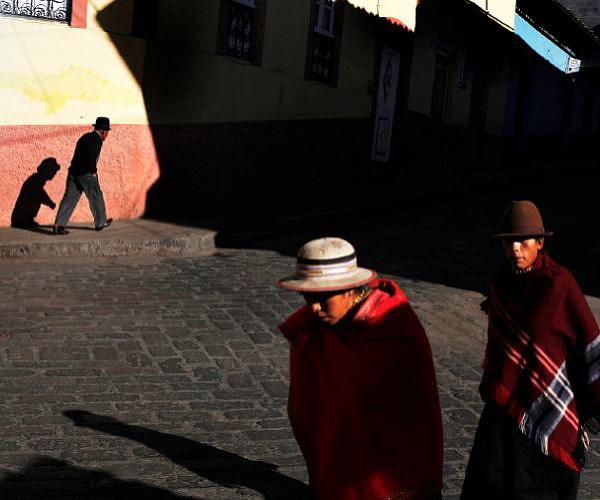
Good travel photography can capture joy as well as sorrow, allowing us to better understand the lives and motivations of people around us. Take Guaranda, a city without time that suffers the same fate as many other remote places in Ecuador: young people having left to look for work, leaving children and old people to take care of each other.
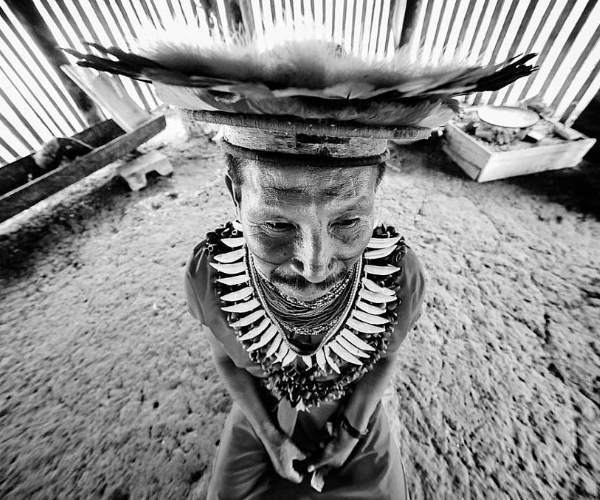
As for journeys deep into the Ecuadorian Amazon, many tour agencies present tourists with staged, exoticized, and romanticized “native culture.” More reputable and experienced tour operators, however, can guide travelers to authentic communities where respectful contacts with community members allow for experiences and photos truly representative of their culture.
7. Astrophotography
As the number of people living in light-polluted cities increases and the cost of powerful home telescopes declines, astrophotography-focused travel has become its own freestanding travel segment and is quickly gaining popularity. Adding to this is the fact that getting out of the city to stargaze is good for us psychologically, while also a heart-throbbing romantic experience for couples and an educational experience for children.
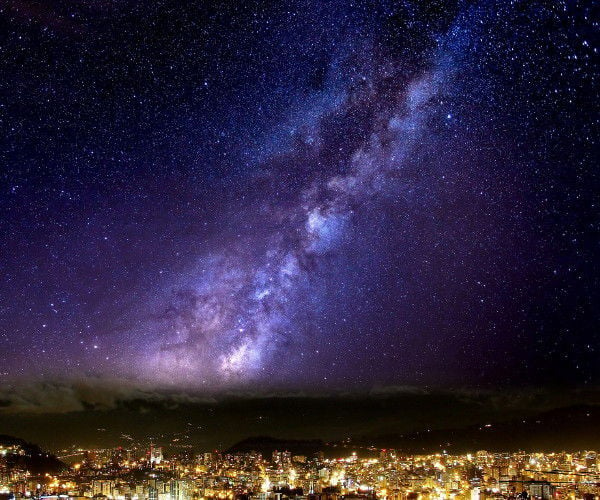
Several picture-perfect locales across the globe are suitable for stargazing, but with the rich astronomical history of the ancient Inca civilization in Ecuador, stargazers in this country get this historical fact as an added bonus when relaxing under the night sky.
A special experience of peering into the heavens can be undergone at the Quito Astronomical Observatory, one of the oldest in Latin America. Though founded over 140 years ago, celestial investigation continues here. Since 2011, the Observatory has opened also as a museum, where travelers can visit its central tower and various rooms in which on display are the instruments that have been used there. Then too, there is of course the chance to participate in nighttime observations – the highlight of the visit.
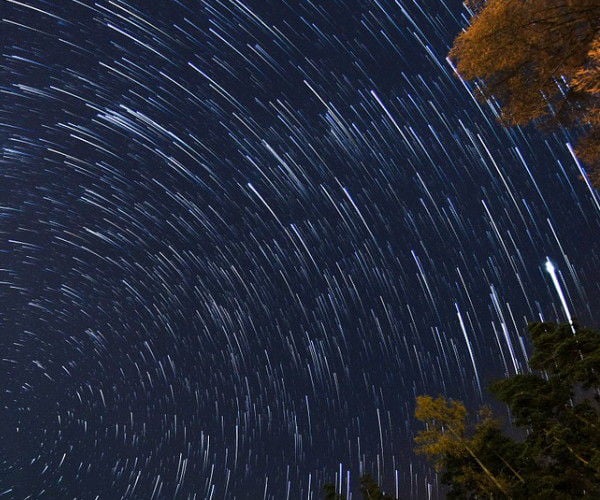
Another great destination for astrophotography is Ecuador’s Galapagos Islands, which has topped USA Today’s “Ten Best Readers’ Choice Awards” for bucket list trips. With literally zero light pollution and equatorial positioning where travelers can see the skies of both hemispheres, this archipelago is another stargazer’s paradise.
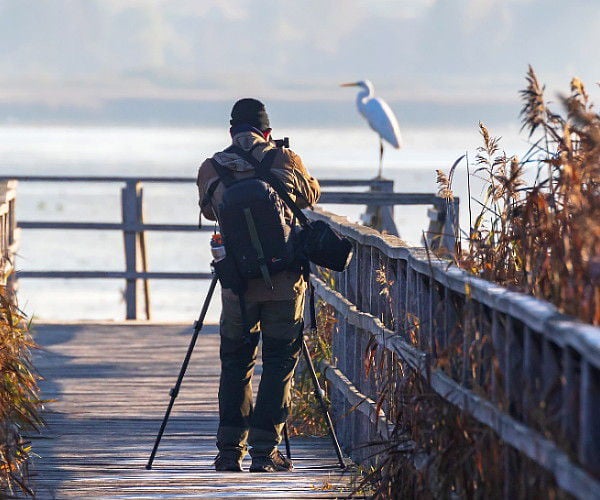
In short…
Whatever you’re interested in — be it animals, nature, food, people, or plants — there’s a type of photography in Ecuador geared around that specific subject matter. Discover your path with this list of genres open to hobbyists and professional photographers alike.
Alfonso Tandazo is President and CEO at Surtrek Tour Operator. Surtrek Tour Operator is a well-established firm, specializing in custom-designed luxury tours in Ecuador, the Galapagos and throughout the rest of South America.
If you would like to be a guest blogger on A Luxury Travel Blog in order to raise your profile, please contact us.



